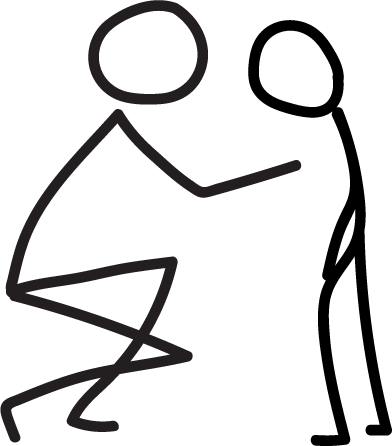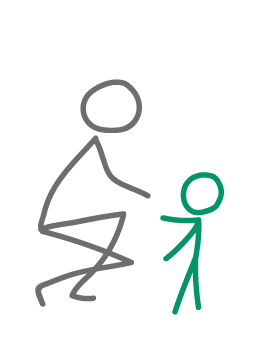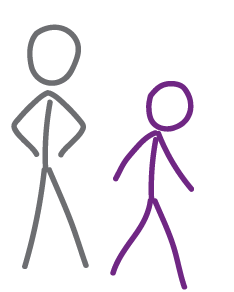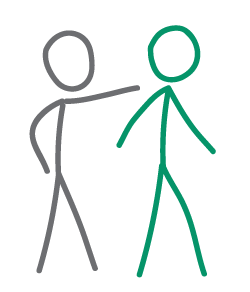Trauma can have a significant impact on children’s lives, but sometimes it can be hard to spot the signs. Children’s response to traumatic events can vary depending on:

- Developmental level. Different stages of brain development (because of age or disability) greatly impact how a child reacts to trauma.
- Cultural factors. Trauma reactions vary considerably across cultures. Children are likely to respond to trauma in ways they have learned from their own families or communities.
- History of trauma and adversity. A child’s previous experiences of trauma can undermine their sense of safety, stability, bonding, and, ultimately, how they respond to other adverse experiences. These repeated experiences of trauma, within the family or outside of the family, can lead to complex trauma.
- Supportive caregivers and positive experiences. Experiencing a range of Positive Childhood Experiences (PCEs) and at least one healthy caregiving relationship lessens the effects of trauma for children.
- Available resources. Children and families who have access to resources (like housing support, cash and food assistance, employment services, healing supports, educational support services, school or community-based activities, etc.) are more likely to recover quickly.
Keep In Mind
This page is meant to help you think about potential signs of trauma. Be careful not to use it as a diagnostic tool or checklist.
The lists below are not exhaustive. Individual children may exhibit a combination of signs from different age groups and signs of trauma may vary based on the developmental stage and cultural background of the child.
It is always beneficial to consult with a physician or specialist when you notice potential signs of trauma, as they may be symptomatic of other issues.
Bias (implicit and explicit) can impact the way an adult interprets a child’s behaviors, what may be causing the behaviors, and what the appropriate response should be. Thinking about the role trauma could be playing in a child’s behavior can help adults respond appropriately and choose actions that promote healing for the child.
Youth with intellectual and developmental disabilities are more likely to disclose their trauma through behaviors rather than verbal expression.
Common Signs of Trauma
Trauma may impact a child’s… |
||||
|---|---|---|---|---|
Body |
Brain (thinking) |
Emotion (feelings) |
Behavior |
Relationship and attachment |
|
|
|
|
|
Age-based Signs of Trauma
Trauma can include a variety of signs and symptoms. These can vary based on the age and developmental stage of the child.
Infants (Birth – Age 3) |
|
|---|---|
| Trauma may affect an infant’s… | In the following ways… |
|
|
|
|
|
|
|
|
|
|


Preschoolers (Age 3 – 5) |
|
|---|---|
| Trauma may affect a preschooler’s… | In the following ways… |
|
|
|
|
|
|
|
|
|
|
Children (Age 6 – 12) |
|
|---|---|
| Trauma may affect a child’s… | In the following ways… |
|
|
|
|
|
|
|
|
|
|


Adolescents (Age 13 – 17) |
|
|---|---|
| Trauma may affect an adolescent’s… | In the following ways… |
|
|
|
|
|
|
|
|
|
|
Young Adults (Age 18 – 22) |
|
|---|---|
| Trauma may affect a young adult’s… | In the following ways… |
|
|
|
|
|
|
|
|
|
|

Note: While this guide is meant to help you think about potential signs of trauma, it is not meant to be a diagnostic tool or checklist. Remember, these lists are not exhaustive. Individual children may exhibit a combination of signs from different age groups and signs of trauma may vary based on the developmental stage and cultural background of the child.
